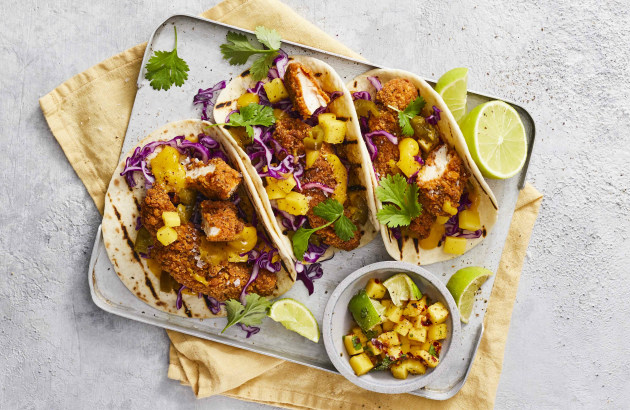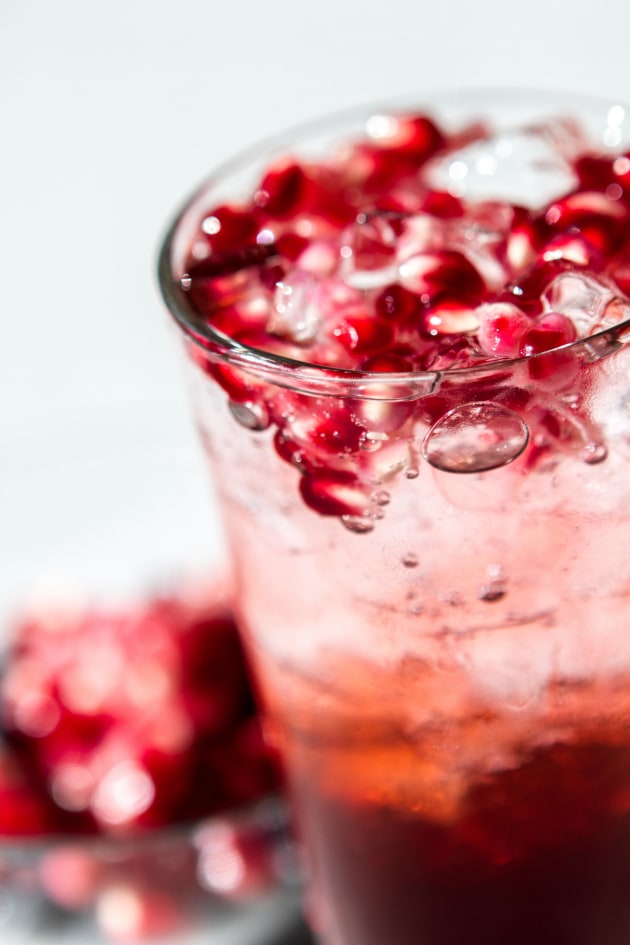Personal health, sustainability, and enhanced sensorial experiences are the biggest consumer themes that will shape the food and beverage sector across the region, according to the latest research by Kerry. Kerry ANZ Business Development director, Taste, Emma Stride explains.
Consumer behaviour has changed significantly in recent years and continues to evolve rapidly, influencing food and beverage trends.
Recent Kerry proprietary insights on the future of food and beverages, show that consumers in ANZ continue to prioritise their personal health by placing more importance on self-care. They are also adapting to a more sustainable lifestyle that focuses on conscious consumption and knowing where their food comes. At the same time, new sensorial experiences, particularly around international flavours, are in demand.
But how can product and menu developers tap on these trends to develop food and beverages people want? Understanding the flavours, ingredients and trends that will shape what we consume, is essential in guiding successful food innovation.
Consumers love international cuisines
The Asia Pacific consumer is heavily influenced by the region’s diverse cultural traditions and we see this in the rise of international flavours in the ANZ Taste Charts. According to Kerry research, Asia Pacific consumers are rediscovering the magic of their own culinary heritage while looking for unique regional ingredients and flavour profiles. Findings from FMCG Gurus on innovative flavours mirror this, with 55% of consumers worldwide rating traditional flavours as a key influence on their food and drink choices.

According to proprietary insights from Kerry’s 2024 ANZ Taste Charts, international cuisine flavours such as teriyaki is now a key flavour in the savoury category, moving up from the up-and-coming list. Other regional flavours that are gaining prominence include matcha and Korean gochujang which are now up-and-coming, having grown the fastest in the past three years. There are also new flavours debuting in the emerging list such as kimchi and bulgogi in Australia, and miso and Jamaican jerk in New Zealand.
Elsewhere in Asia Pacific, there is also growing consumer interest in fermented foods and the health benefits they offer — which include antioxidant to anti-inflammatory properties, leading to innovative dishes like charcoal-grilled skewers with fermented chilli paste. By harnessing the depth and complexity that fermented flavours bring, industry players can create products that satisfy the consumer craving for modern updates of their favourite traditional food.
Hot and spicy, and BBQ flavours are on fire
Kerry insights show that consumers are developing sophisticated taste preferences, and bold flavours like hot and spicy as well as those with barbecue taste profiles appeal to many.
Smoke and grill flavours have always had a place in many markets and across different applications. While the demand is widespread across the globe, cooking over a hot grill or barbecue is part of the Aussie and Kiwi DNA.
Kerry’s proprietary insights show that chargrill, barbecue, smoke, and smoky barbecue continue to be mainstream flavours in the ANZ Taste Charts, particularly in the savoury and salty snack space. The use of specific smokes is also gaining popularity in the region, with mesquite, applewood, and hickory smoke emerging on the charts.
Across Asia Pacific, people are replicating ethnic dishes they sampled during their travels — many of which are hot and spicy — resulting in diversity across markets. In ANZ, chilli, ghost chilli, jalapeno chilli, chipotle chilli, and habanero chilli are trending. Meanwhile, consumers in Indonesia enjoy crispy prawn chilli, ghost pepper, Korean buldak sauce, and jalapeno chilli. This reinforces the desire for complex and nuanced heat experiences that offer authentic and exotic flavours, particularly region-specific spices, chillies and hyperlocal flavours.
Wellness and sustainability influence dietary habits

The emphasis on self-care has evolved from mere health-consciousness, to prioritising health in food choices. A FMCG Gurus report on consumer perceptions on health and wellness show that 68% of global consumers have actively sought to improve their diet in the last two years.
The Asia Pacific region is unique in that consumers view sustainability and transparency as inherent to their wellbeing — the source of their food directly influences the quality of their health. The preference for local ingredients is strong; in ANZ, beverage flavours such as mango, kiwi, peach, passion fruit, pomegranate, grapefruit, blackcurrant, and honeydew are trending, indicating a resurgence of pride in local ingredients. This holds potential for innovation in sustainable flavours and solutions – people want food that supports their health and that they feel good eating.
The data also reveals a rise in functional flavours in beverages. Honey, manuka honey, almond, matcha, turmeric, rosehip, elderflower, and acai are piquing interest for their perceived health benefits, and this is evident in drinks such as lemongrass tea and turmeric latte; similar preference goes for beverages that boost mental alertness and physical performance.
Fruits such as yuzu and passionfruit are also coming to the fore. Yuzu is gaining traction as an emerging flavour in ANZ, appearing in multiple categories from savoury and salty snacks to hot and cold beverages. Demand can also be seen in recent launches like Yuzu low ABV wines and alcoholic beverages in Australia, and in Yuzu Gose beers in South Africa, and yuzu and pepper mayonnaise in China. Cold beverage passion fruit flavour appeared in 13 different global regions in Kerry’s Taste Charts, with passion fruit already a mainstream ingredient in New Zealand.
When it comes to plant-based products, health and sustainability concerns continue to be driving factors, but now novel flavours in meat and dairy alternatives are capturing consumer tastes. This has led to the launch of foods like jackfruit rendang in Indonesia, mushroom jerky in Australia, and chickpea falafel with a Middle Eastern twist.
Understanding and delivering on market preferences
Today’s rapidly changing times often present challenges for food manufacturers and brands trying to deliver food and beverages people value. People have always been led by taste, especially when buying a product. Year on year, Kerry Taste Charts have become a reference tool for various stages of product development, whether brands are looking to add new offerings or check if their current product flavours are still in demand. Awareness is key; knowing that savoury flavours typically common in food are entering the beverage category for instance, can help influence innovation and development and help manufacturers identify where they can add the most value for their consumers.
To access the 2024 Kerry Taste Charts for the region of your choice, please click here.







